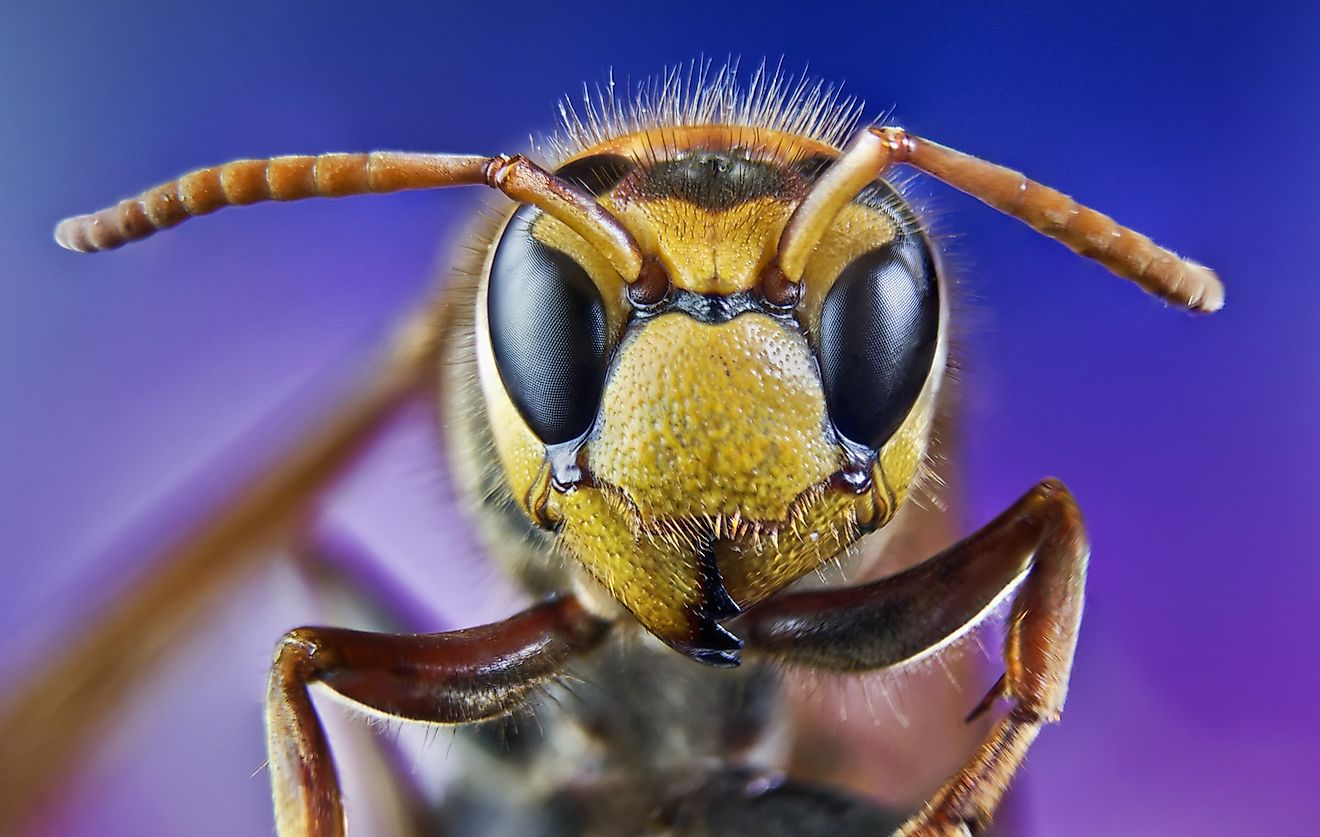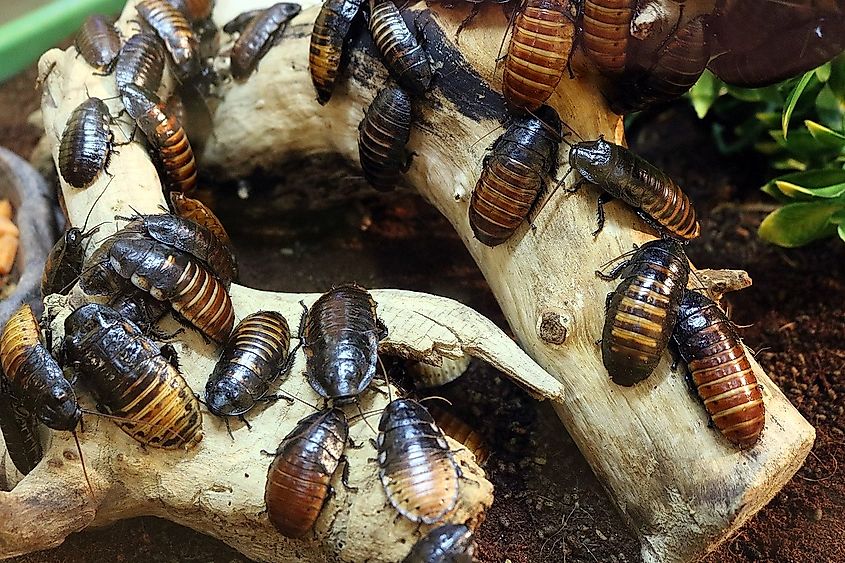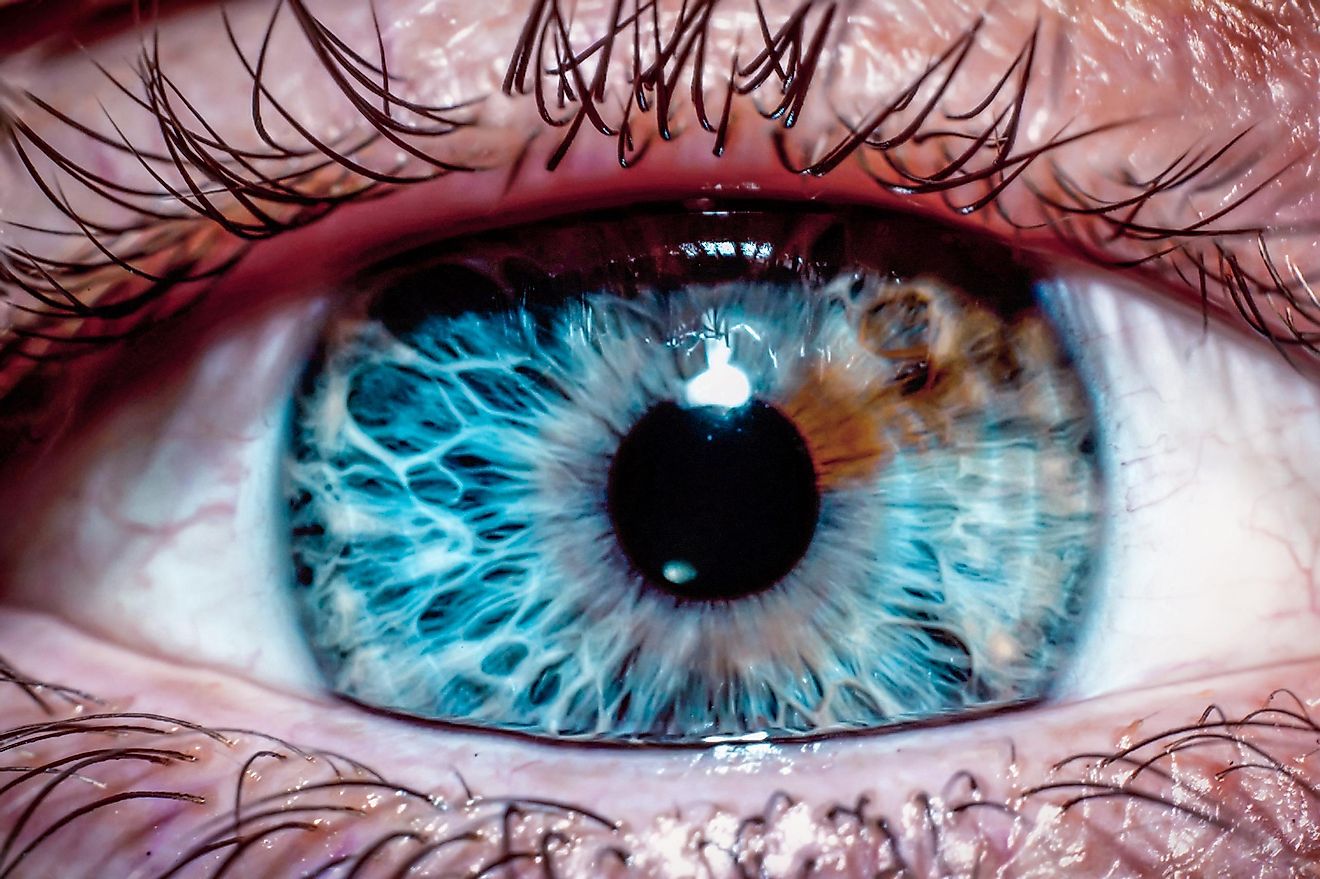Most Dangerous Insects In The World

- The tsetse fly puts its victims into a coma.
- The bullet ant's sting leaves a person in extreme pain for about twenty-four hours.
- The black widow spider's venom is neurotoxic.
Not all insects can be easily walked over or squished, some might have the ability to seriously harm or even end a person's life. While there are dangerous animals and people in the world, insects should not be overlooked due to their tiny size in comparison to other living organisms. Insects may either bite, sting or transmit parasites or diseases to its host if a person is not careful enough to protect themselves.
Cockroaches

Depending on the type of cockroach, these critters can live for a long period of time without food or water. For instance, the German cockroach can survive for a month without food and a week without water. According to the National Pest Management Association, cockroaches are cold-blooded insects able to adapt even to the most scarce conditions. Additionally, it is best to not underestimate cockroaches as they carry several disease causing pathogens which might infect someone coming in contact with them.
Deer Tick

The deer tick bites its host and oftentimes causes Lyme disease, which begins as a mild rash but progresses into headaches, stiff joints, and heart problems. Although few people have died from this disease, it still puts a person through an uncomfortable and painful state of suffering.
Driver Ants

The driver ants or dorylus form extremely large colonies that kill many different animals of different sizes within a single raid. By using their strong mandibles to repeatedly wound humans and animals alike, they are able to cause great pain and distress to their victim. If that is not enough, other insects are not safe since their nests can be raided for food by driver ants.
Fire Ants

In South America, the fire ants are capable of stinging as well as biting people, especially when they feel disturbed. Histamine is the venom which the fire ants inject into their victim to make their skin swell, redden, itch, and form a white pustule. Typically the sting is not life-threatening, but certain extreme allergic reactions like shortness of breath, shock, and other symptoms may cause death.
Asian Hornet

Being stung by an Asian hornet, also known as a Japanese hornet, is almost a guaranteed death sentence for people who are super-allergic to its venom. A group of these aggressive hornets could band together and sting repeatedly until a person reaches their demise.
Bot Flies

Bot flies, found in Central and South America, produce larvae containing internal parasites of mammals and lay them on human skin. The larvae penetrate into the subdermal zones of human skin and nestle there for over sixty days. In the meantime, horrible effects take form as this parasitic infestation, or 'myiasis', progresses and skin tissues becomes severely damaged as infected individuals complain of feeling the larvae's movement beneath their skin.
Bullet Ant

The bullet ant is South America's dangerous rainforest dweller and the world's largest ant. A single sting from this insect will leave a person in excruciating pain for one full day. The bullet ant's sting is the amplified version of a wasp or a honey bee since it is thirty times more painful than its milder counterparts.
Kissing Bug

As a person sleeps in the US or Latin America, they may be visited by the kissing bug. It sucks blood and has a tendency of biting the lip of its unconscious human prey. What makes them especially threatening to humans is that they also transmit Trypanosoma cruzi, a parasite that leads to Chaga's disease. The feces of the kissing bug entering into the bloodstream is to blame for a person contracting Chaga's disease. Severe allergic reactions and skin irritations, such as welts and rashes, are other symptoms one may come across, too.
Tsetse Fly

When bitten by the Sub-Saharan nations' tsetse fly, a parasite carried by this insect travels into the human body. Then, certain body parts begin shutting down and the victim falls into a 'sleeping sickness', or better known as a coma. There is a treatment available but given the expense of medication, many people go untreated simply because they cannot afford proper medical care.
Mosquitoes

Small insects like mosquitoes are not to be taken lightly since they are the sole cause of killing approximately a million people each year by transmitting the parasite causing the Malaria disease. Mosquito bites are also responsible for the spread of yellow fever, dengue fever, and, of course, the infamous West Nile virus.











